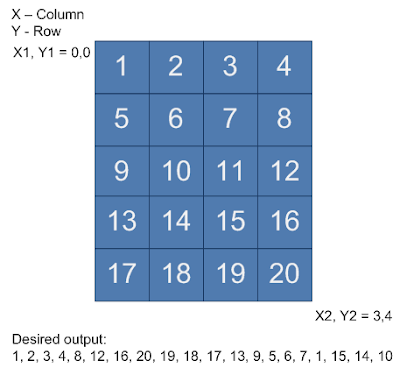Algorithm
take two varible i -0 & j=N (number)
keep storing bits of number from lsb in reverse order (e.g. shift i left & do or operation with j&1 (mind shud click this the way to extract right most set bit from number :)
keep shifting j right while j is not equals to 0
Explaintion
The first while loop reverses the rightmost bits of the number, stopping after the leftmost 1-bit. It does this by anding out the low-order bit of the number j and oring it into a new number, i. Then j is shifted right. E.g., the number j = 01101 becomes 01011. If the number j matches the input number, then the input number is a palindrome, and the procedure returns TRUE. If the reversed number is less than the input number, it may be that the input number has trailing zeros. E.g., 0110 has reversal 0011. Since this is less than the input number, we shift it left until it is no longer less, giving 0110. Since this equals the input number, we call the number a palindrome. If you don't want to consider the leading zeros, then you leave out the second while loop and say that the number 0110 is not a palindrome.
#include
bool isPalindrome(int N)
{
int i = 0, j = N;
while(j)
{
i = (i << 1) | (j & 1); j >>= 1;
}
return(i == N);
}
int main()
{
printf( " %d ", isPalindrome(9));
}
TC O(logn) as You Know that n=logk(base 2)
Sc O(1)
Run Here http://ideone.com/ddovS
Most Optimized Way can Be Find Here http://www-graphics.stanford.edu/~seander/bithacks.html#BitReverseTable in O(1) :)





